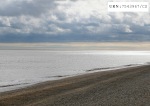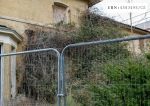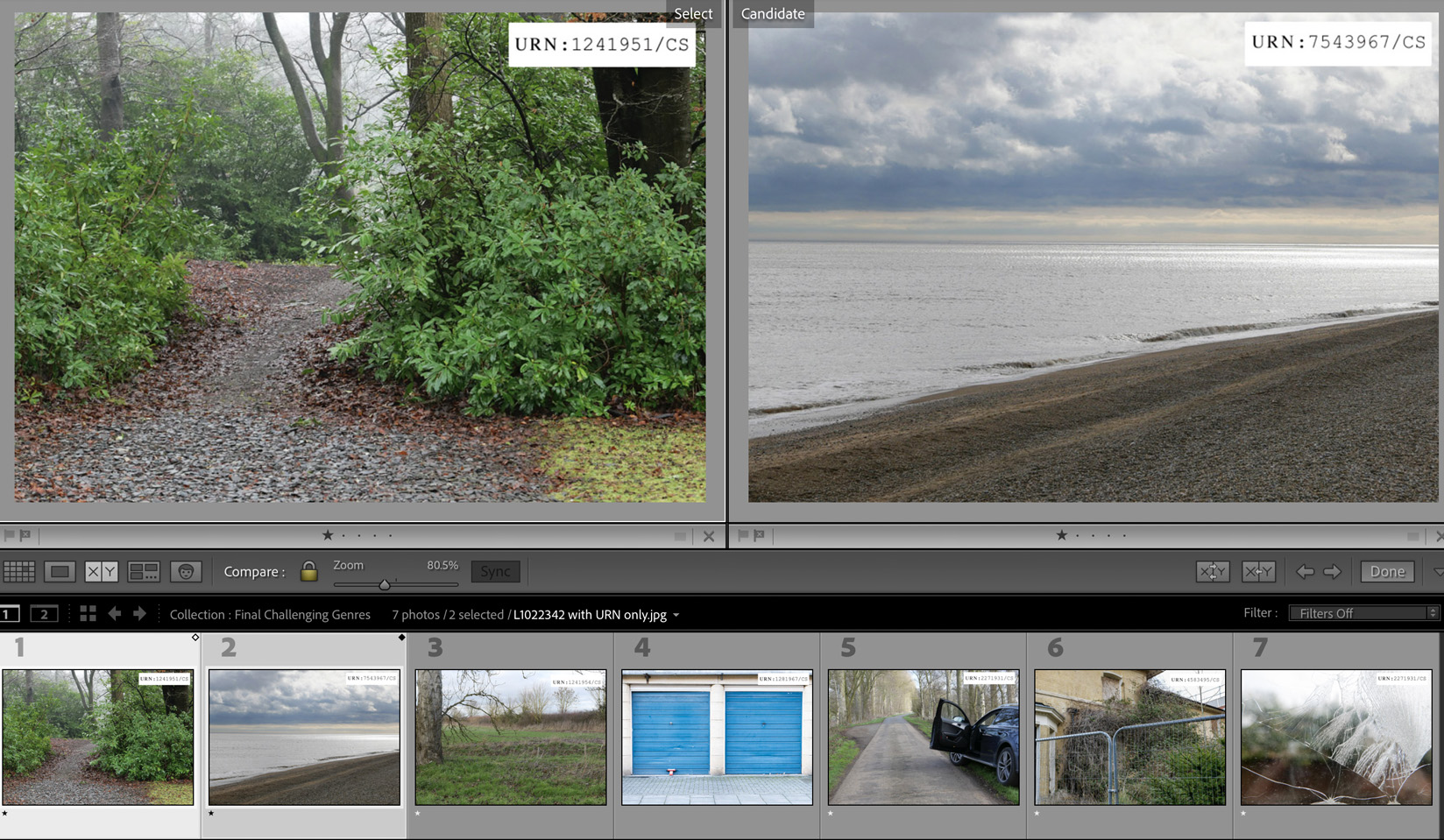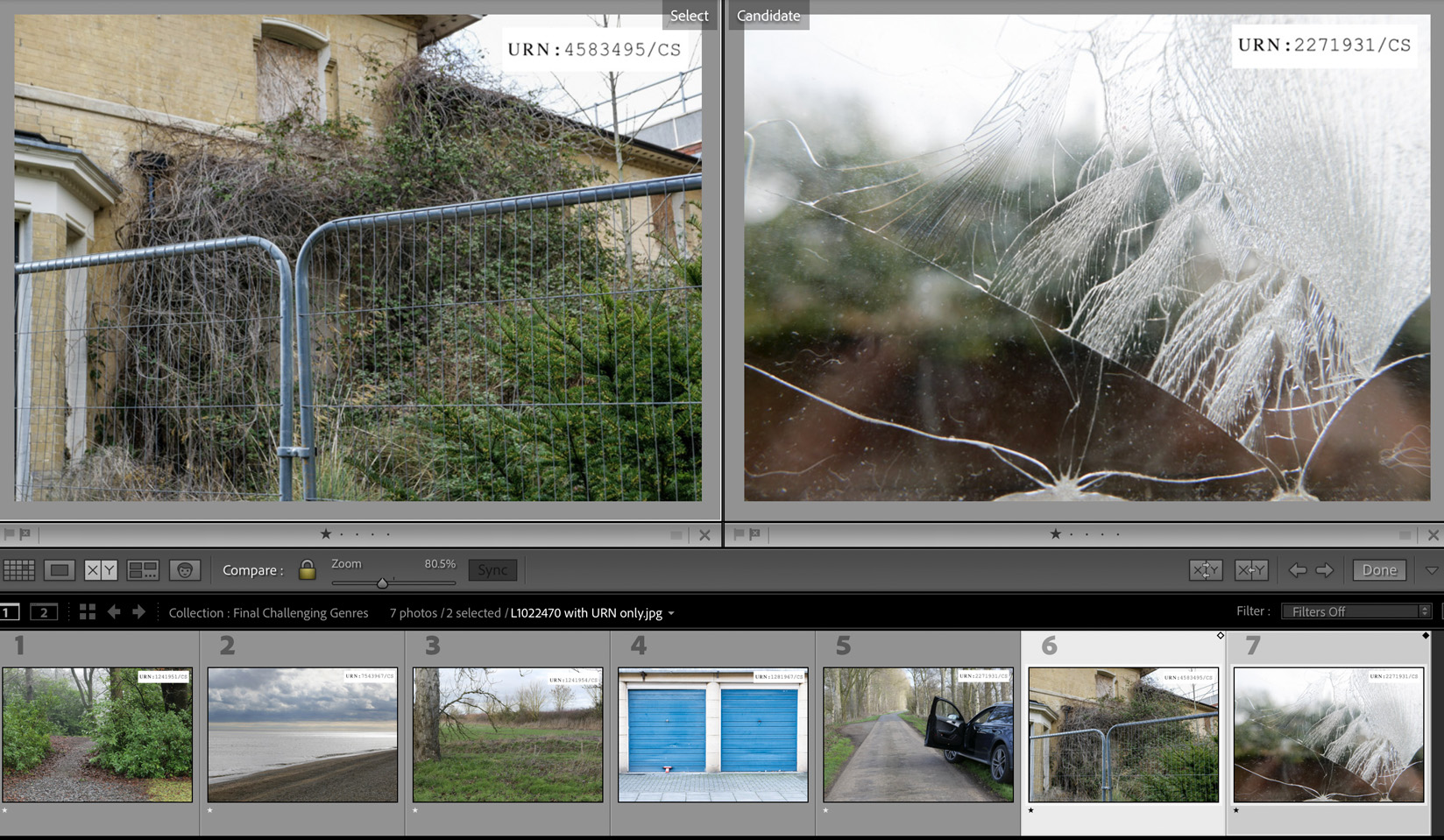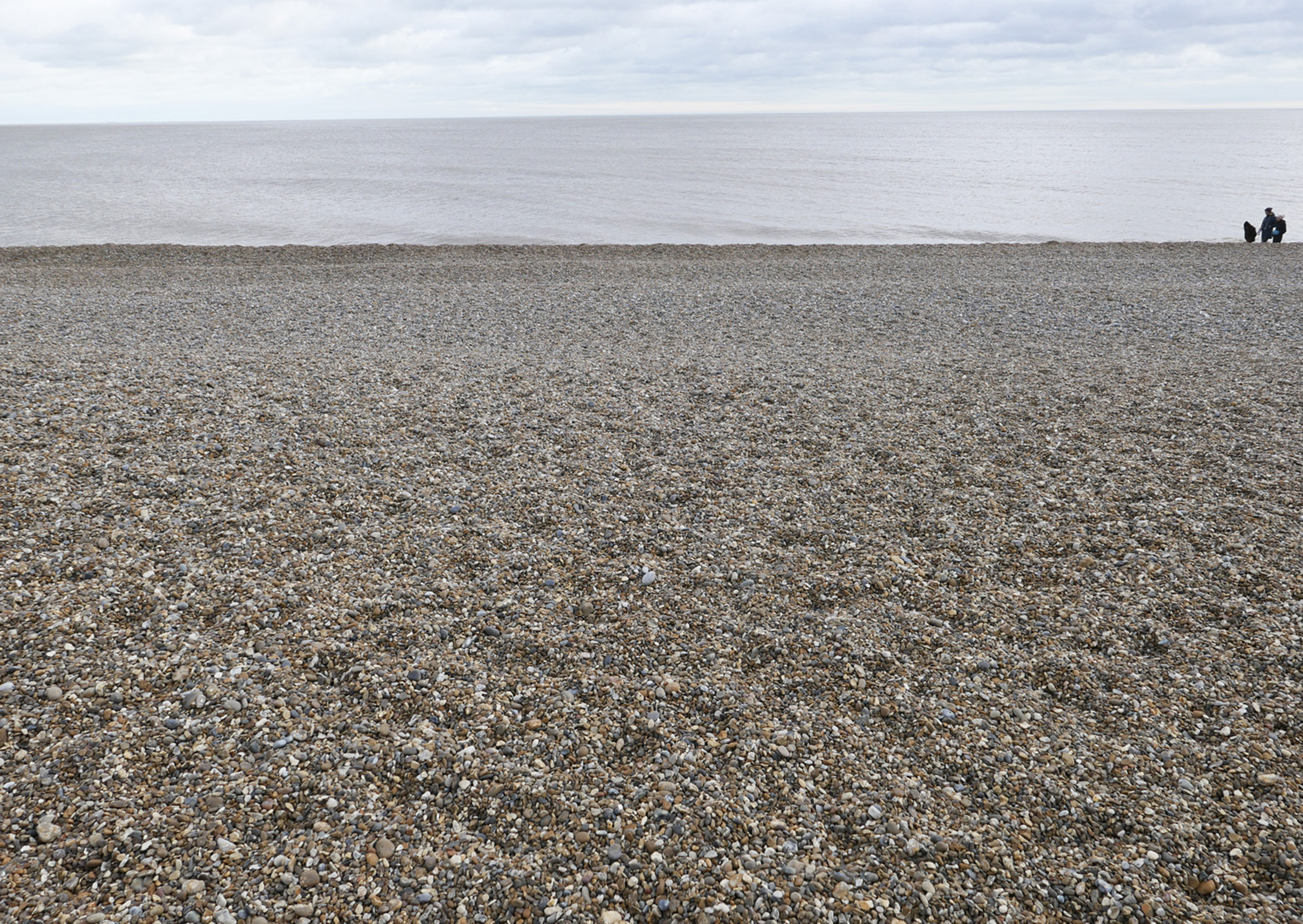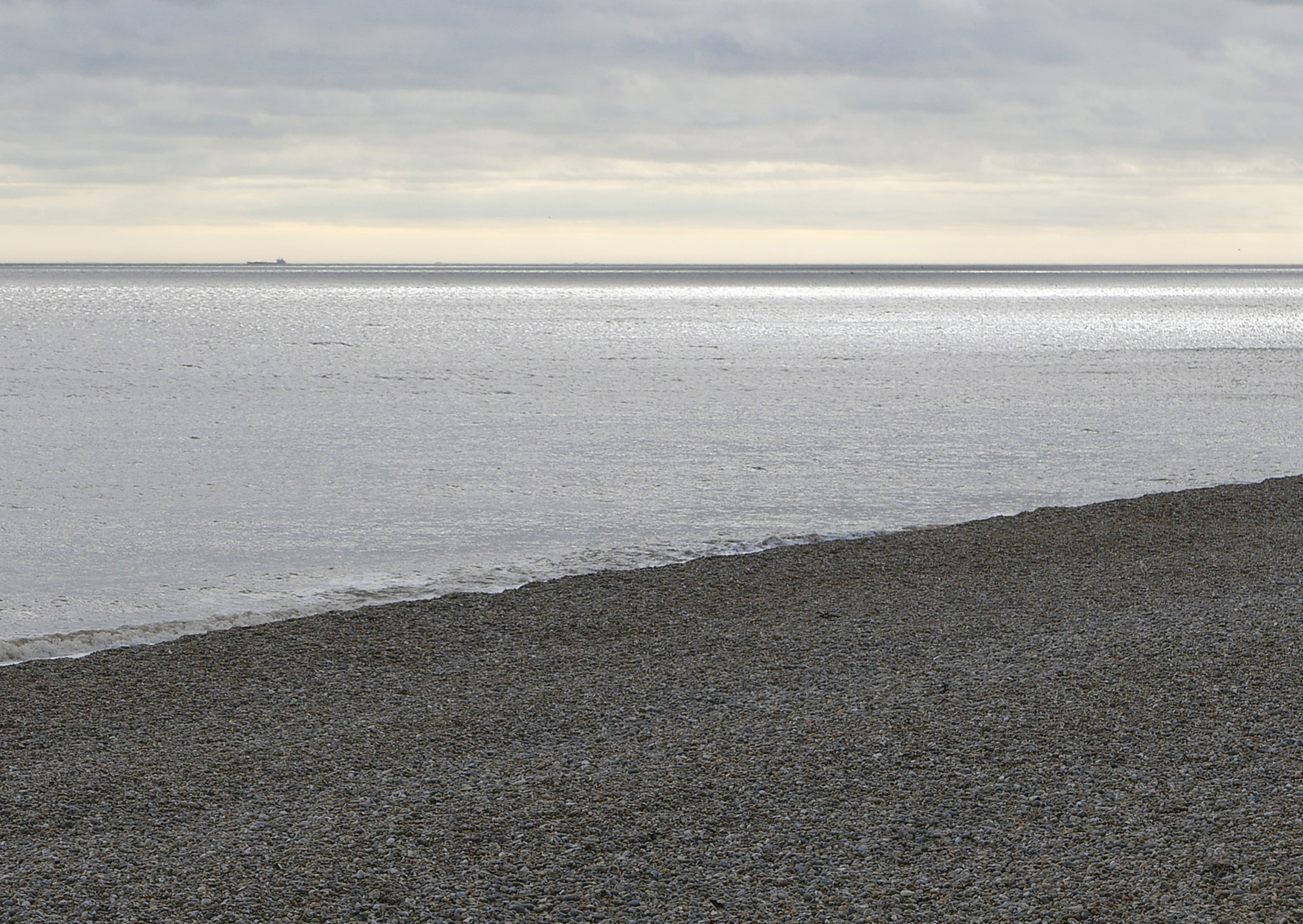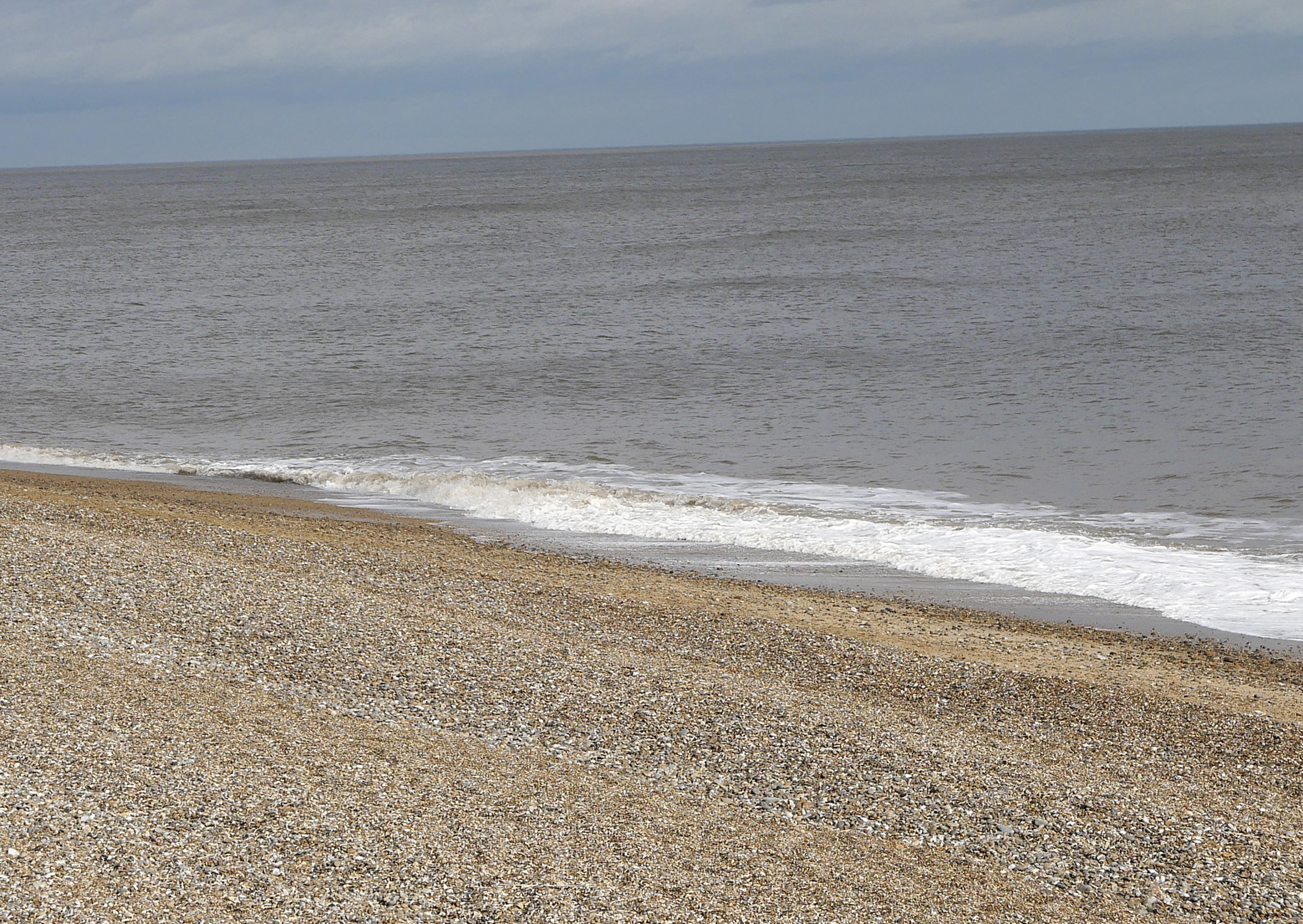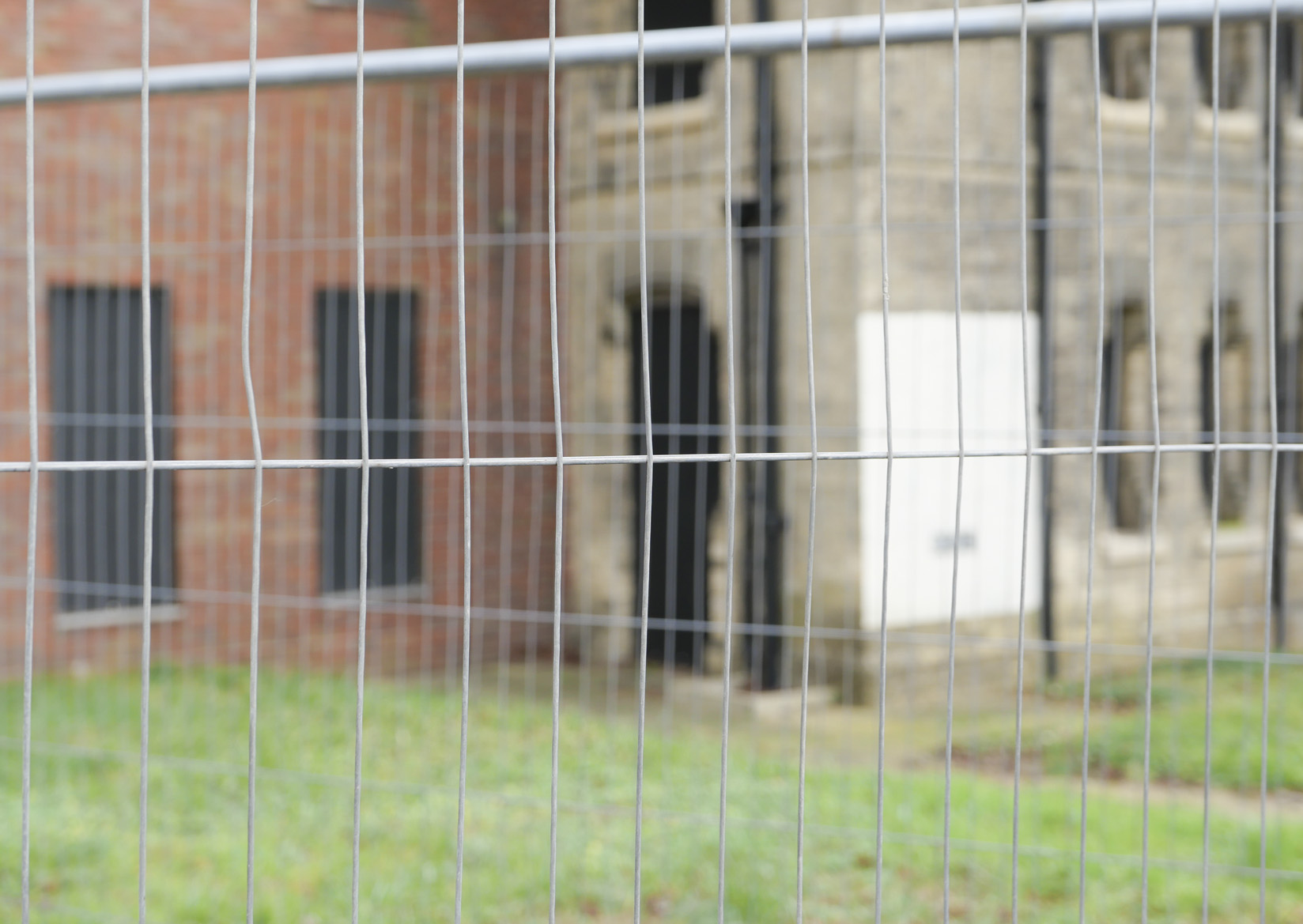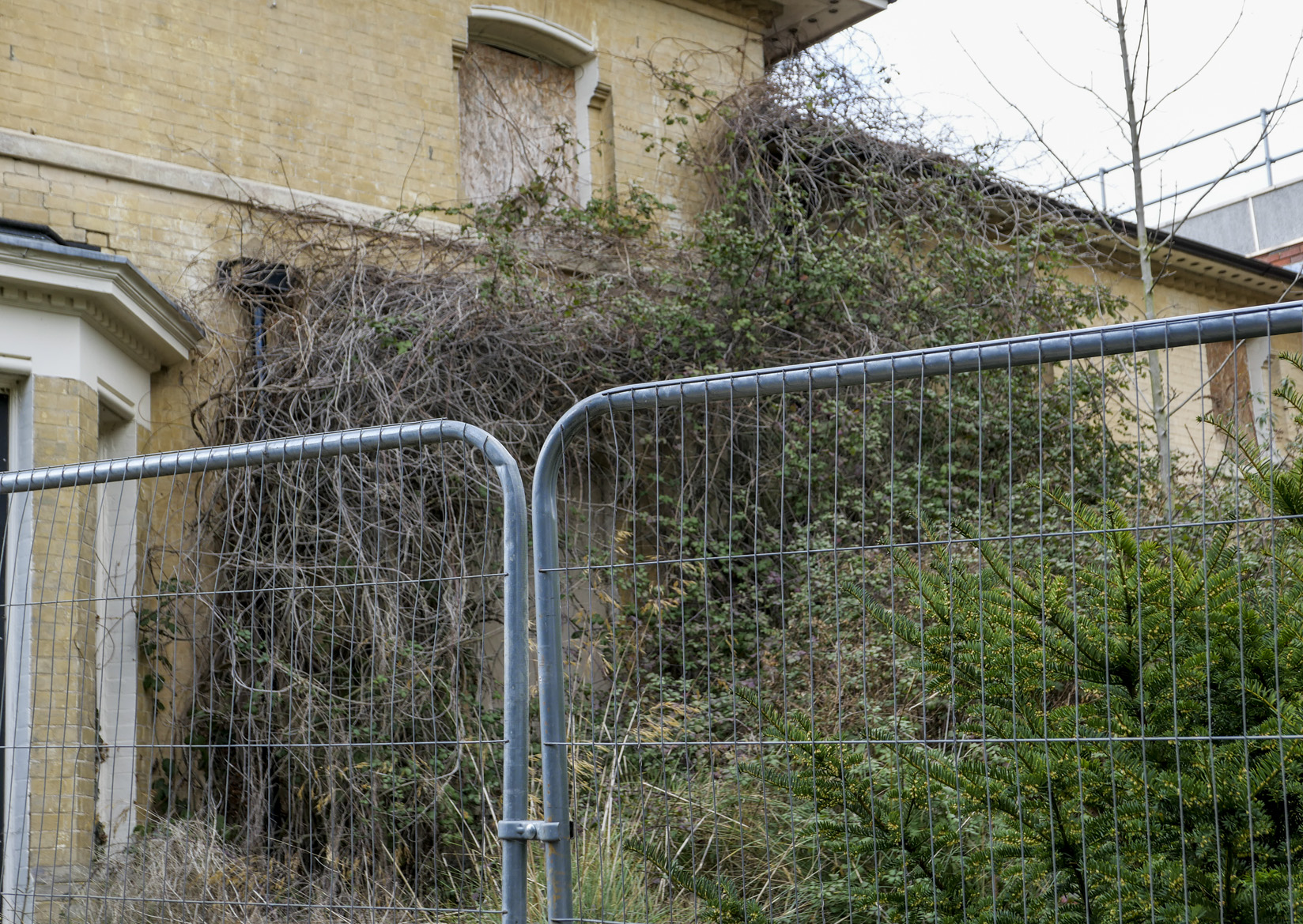One question that has come up whilst undertaking this unit is why I remember particular photographs that appear to have nothing “memorable’ in them. There were plenty of other images, explicit in their nature that perhaps should have been more memorable. The images are ones that have an absence, in particular an absence of victims.
David Campany writes in his publication On Photographs
“Of course, most photographs will not stay in the mind for long at all, but this does not mean we can predict which ones will, or why, or whether a brief encounter with an image will leave some ineffable mark upon us” Campany. D
These images have certainly left an ineffable mark on me and I do believe it is because of the absence of any victims and the knowledge of what occurred. My mind was given the time to work things out far more slowly. The horror of the situation was allowed to evolve. This appears to have had a more powerful effect than viewing a more explicit image for a shorter period of time.
Something that came out of the feedback was that it would be interesting to compare my images with the original. This isn’t possible, but knowing that one of the images had to be in black and white while my memory brings it back in colours has very much confirmed for me that the images I am producing are of the memory and that memory may well have changed a great over the years.
These images have been triggered by seeing locations that remind me of them or indeed were the actual locations, sometimes years after the event. This then could imply that the memory of these photos may have been disrupted by the new location and its details or by other elements at the time. It certainly seems that my memory of the black and white photo may have been changed over time by the fact that when I am reminded of or triggered by a similar location, the location is in colour.
“Your memory of an event can grow less precise even to the point of being totally false with each retrieval.” Donna Bridge (2012)
“Memories aren’t static,” she noted. “If you remember something in the context of a new environment and time, or if you are even in a different mood, your memories might integrate the new information.” Donna Bridge 2012)
Without being able to compare my images (or memory) to the original it is impossible for me to judge how much I have adapted what I originally saw. If I was looking at the original images each time there was a trigger then a more accurate memory of those images would, I expect, be formed.
Although I have been attempting to reconstruct what I see in my memory as accurately as possible I realise that I am also recreating or finding locations that do and would have triggered that memory. I am of course creating a memory for any viewer! I now have to ask, what is that memory?
In essence, I am creating images that are aimed at creating similar feelings and thoughts that I had when I first saw the original image. Because I now know that I am not completely sure exactly what was in those images, I am creating images that are not only coming from my current memory but with codes signals and in some cases cultural elements aimed at inducing similar feelings and emotions.
I had already looked at images created by the Canadian photographer Jeff Wall from memory, but it is interesting to compare the length of time between experiencing the original and producing the images. He is witnessing events and then re-creating them with actors and props later.
“when he sees something striking, he thinks about it for a while. Then, if he decides he can make something out of it, he recreates it from scratch: hiring performers, scouting locations and staging the scene for his camera. His art is to move photographs into the realm of painting” Stamberg. S (2021)
It doesn’t suggest that he goes straight back to a studio and starts creating the images but
“he lives with the mental image of it, and then makes his art. “I like it that I didn’t catch it with a device. I just capture it with my own experience.” Stamberg. S (2021), Wall. J
There are comparisons here with my own experience of living with the mental image of the photographs and now re-creating them. Something that was interesting here is that he says he didn’t capture with a device but with his own experience. This, I believe is what I am undertaking for this project.










